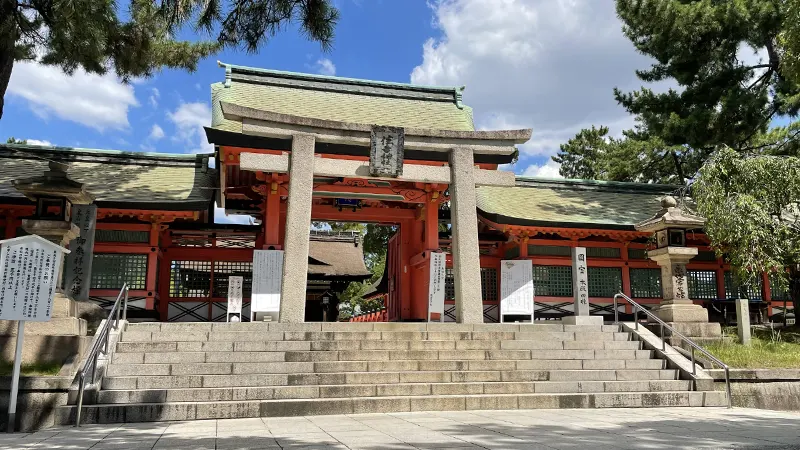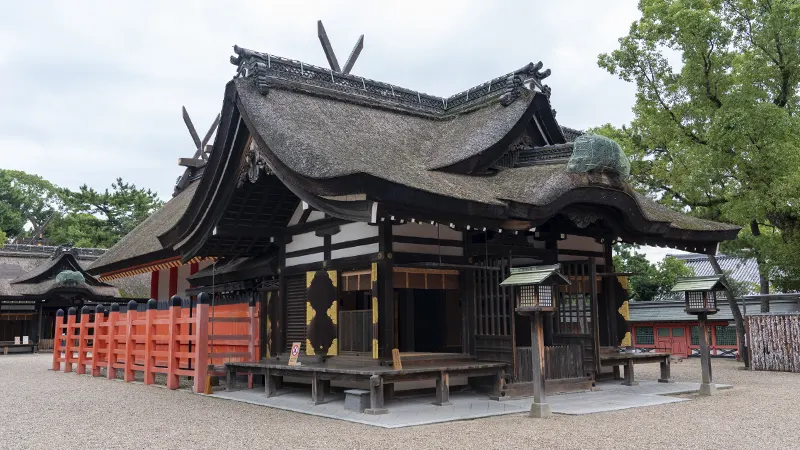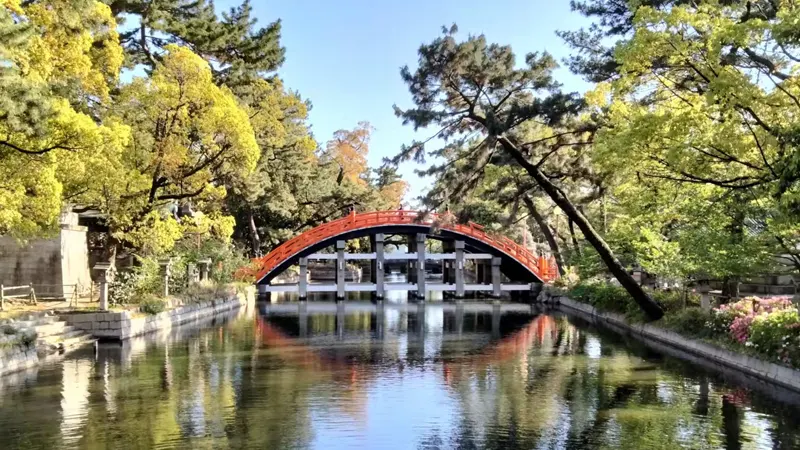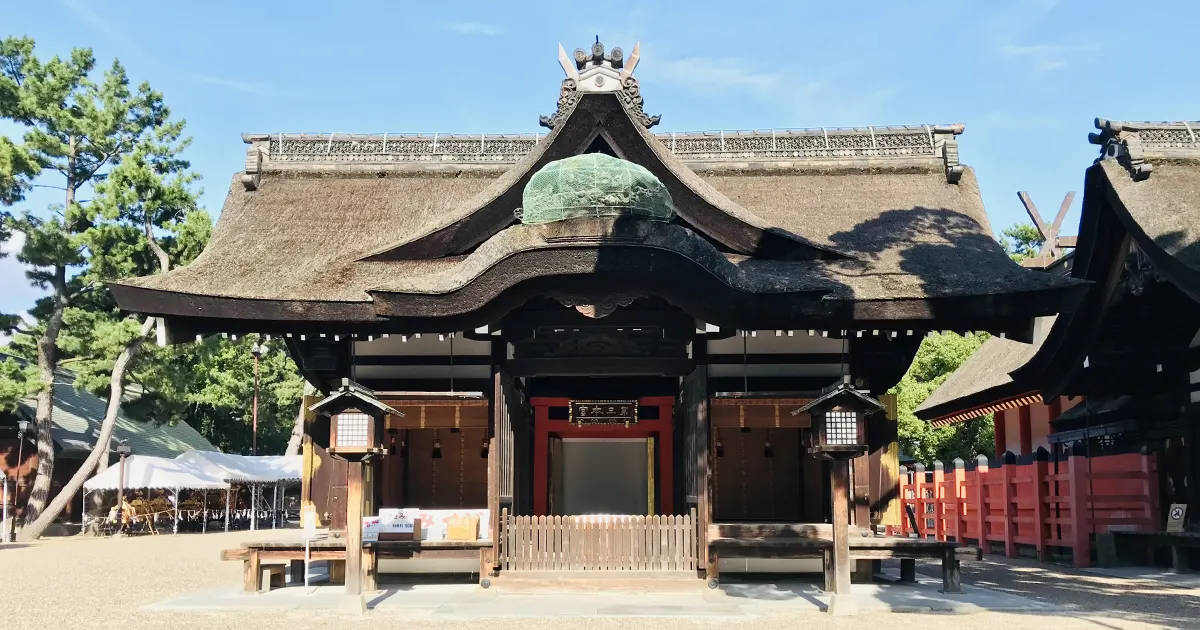Sumiyoshi Taisha features National Treasure halls and the distinctive Sorihashi Bridge, creating a clear and culturally rich setting that is easy for visitors to understand. Its distinct architectural style and symbolic scenery make it a calm destination where the grounds can be explored at a comfortable pace.
In addition to its origin and layout, the compact arrangement of the bridge, the main halls, and the subordinate shrines allows visitors to stroll quietly while appreciating each feature up close.
Key Facts and Shrine Highlights

Sumiyoshi Taisha is one of Osaka’s most historic shrines, known for its four main halls designated as National Treasures and the notable Sorihashi Bridge. As a long-respected guardian of the Osaka Bay area, it welcomes many visitors who come for worship or a relaxed walk through the grounds.
Shrine Highlights and Nearby Spots



Main Highlights of Sumiyoshi Taisha
- The four National Treasure main halls showcase an early shrine architectural style
- The Sorihashi Bridge forms a curved silhouette that creates a distinctive photo-friendly scene
- Numerous auxiliary shrines stand around the grounds, offering different worship spots to explore
Attractions Within 30 Minutes
- Abeno Harukas offers an observation deck and large shopping complex
- Osaka City Museum of Fine Arts exhibits Japanese paintings and craftworks
- Shitennoji presents historic temple structures and Buddhist cultural heritage
Activities Around the Shrine
You can walk through the grounds while viewing the National Treasure main halls and enjoy a calm atmosphere around the Sorihashi Bridge. Visiting the cluster of auxiliary shrines, trying local snacks along the approach, or browsing small shops also fits naturally into the visit. Nearby parks provide additional space for a slow, refreshing stroll.

